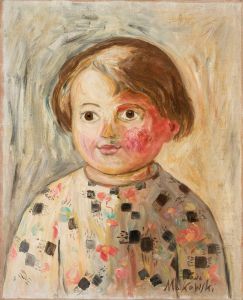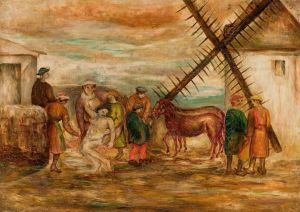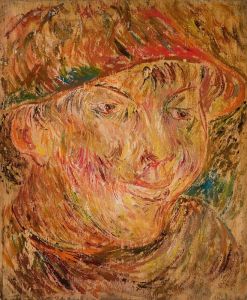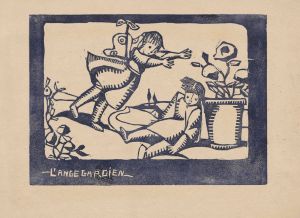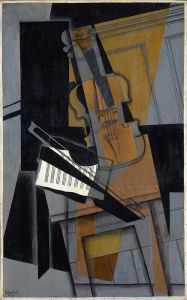
Ball
A hand-painted replica of Tadeusz Makowski’s masterpiece Ball, meticulously crafted by professional artists to capture the true essence of the original. Each piece is created with museum-quality canvas and rare mineral pigments, carefully painted by experienced artists with delicate brushstrokes and rich, layered colors to perfectly recreate the texture of the original artwork. Unlike machine-printed reproductions, this hand-painted version brings the painting to life, infused with the artist’s emotions and skill in every stroke. Whether for personal collection or home decoration, it instantly elevates the artistic atmosphere of any space.
Tadeusz Makowski was a Polish painter known for his unique style that combined elements of Post-Impressionism and Cubism, often focusing on themes of childhood and innocence. One of his notable works is "Ball," a painting that reflects his distinctive approach to art and his fascination with the world of children.
"Ball" is a painting that exemplifies Makowski's characteristic style, which often features simplified forms and a muted color palette. The painting portrays a group of children engaged in play, capturing a moment of joy and innocence. Makowski's use of geometric shapes and soft colors creates a dreamlike atmosphere, inviting viewers into a world that is both familiar and fantastical.
Makowski's interest in childhood as a subject matter can be traced back to his own experiences and the broader cultural context of the early 20th century. During this period, there was a growing interest in the themes of innocence and the inner world of children, partly influenced by the works of other artists and writers who explored similar themes. Makowski's work stands out for its ability to convey the simplicity and purity of childhood without resorting to sentimentality.
In "Ball," Makowski employs a style that is both modern and timeless. The figures are rendered with a simplicity that recalls the art of ancient civilizations, yet they are imbued with a sense of movement and life that is distinctly modern. This blend of the archaic and the contemporary is a hallmark of Makowski's work, reflecting his ability to draw from a wide range of influences while maintaining a unique artistic voice.
The composition of "Ball" is carefully balanced, with the figures arranged in a way that guides the viewer's eye around the canvas. The use of light and shadow adds depth to the scene, enhancing the sense of space and movement. Makowski's attention to detail is evident in the subtle expressions and gestures of the children, which convey a range of emotions and interactions.
Makowski's work, including "Ball," has been exhibited in various galleries and museums, contributing to his reputation as one of Poland's most important modern artists. His paintings are celebrated for their ability to capture the essence of childhood and for their innovative use of form and color. "Ball" is a testament to Makowski's skill as a painter and his deep understanding of the human experience.
Overall, "Ball" by Tadeusz Makowski is a significant work that reflects the artist's unique vision and his ability to convey complex themes through simple forms. It remains an important piece in the study of early 20th-century art, offering insights into the ways in which artists of the time engaged with the themes of childhood and modernity.











